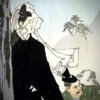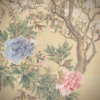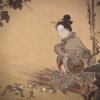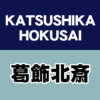Secrets of the Three Images of Shakyamuni at Hōryū-ji Temple
The Shaka Triad statues at Hōryū-ji Temple are widely known as representative works of Buddha statues from the Asuka period.
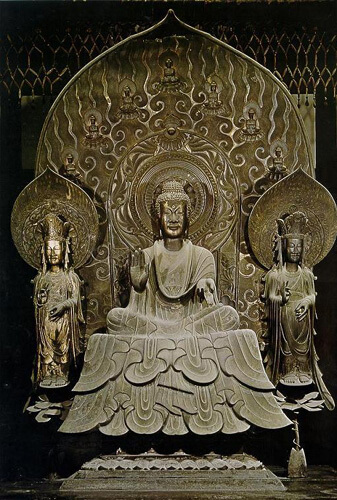
These statues are believed to have been created by the immigrant sculptor Kuratsukuri no Tori, and are known for their distinctive almond-shaped eyes and the subtle smile known as an “Archaic Smile.”
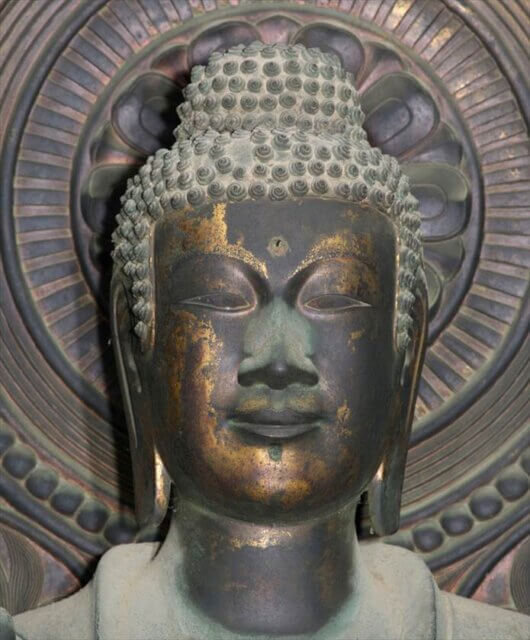
A characteristic feature of these statues is their emphasis on frontal appearance, with meticulous attention paid to bilateral symmetry.
However, an interesting aspect of these statues is that, in contrast to their emphasis on frontal appearance, little attention has been paid to the sides and back. In fact, it is said that from the side, these statues appear quite flat. Surprisingly, the two attendants on either side exist only in the front, with no backs, exhibiting a unique structure.
Such unique shaping is thought to be influenced by the Northern Wei period in China. In the Northern Wei, wall sculptures in cave temples, namely “relief sculptures,” were common, and these works are said to have had little concern for depth or backs.
The Shaka Triad statues at Hōryū-ji Temple reflect this cultural background.



